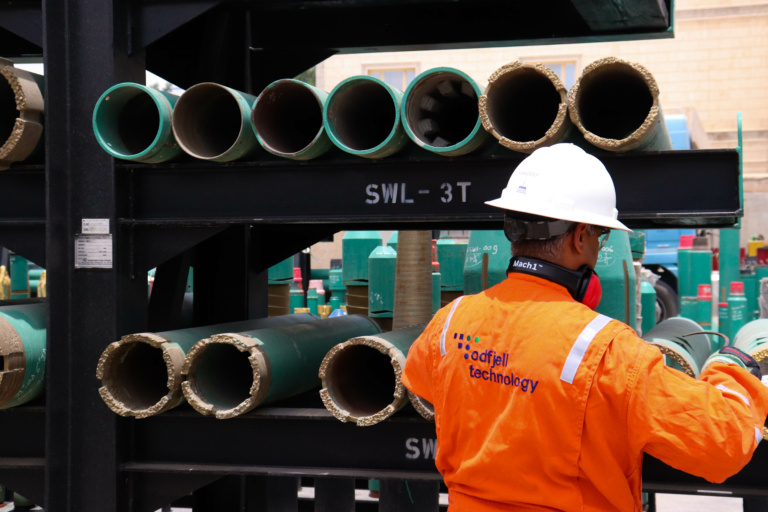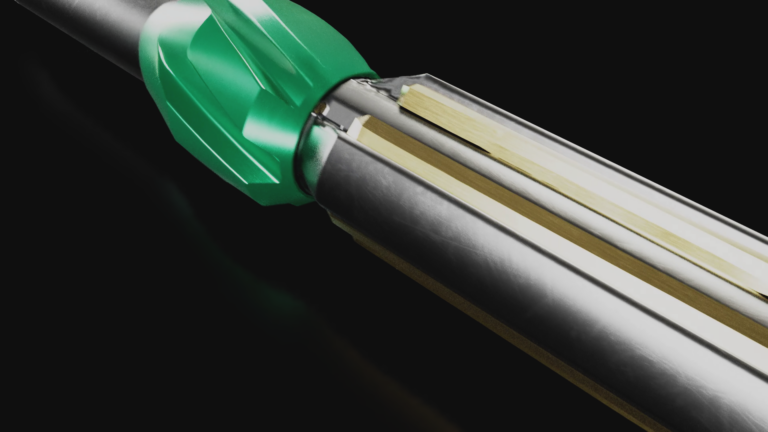How a circulation tool can boost annular velocity
A key factor in any wellbore cleanup/displacement operation is good annular velocity (AV). Why is this so?
To remove the mud residue from the tubulars, the chemicals need to be working at the optimum ‘contact time’, flow regime and AV. Additionally if the AV is not within the optimum range debris may not be circulated out of the wellbore, which compromise safe deployment and operation of the completion.
What can restrict the AV?
There are number of factors that prevent you achieving the optimum AV to aid in your debris removal. These include casing design, the inner diameter/outer diameter ratio of the casing and workstring, the fluid rheology and/or any downhole pressure sensitive equipment. Another key factor is the pop-off limit of your circulation system.
Let’s look at example: To achieve the optimum AV in your casing you will need to pump at say 12 barrels per minute (bpm). To achieve this rate and to overcome all the pressure losses in the wellbore this could equate to a surface pump pressure of 6500psi. If your pop-off is set at 4500psi, then you will not be able to pump at the desired 12bpm, thereby compromising the AVs required to circulate the debris out of the casing section of your wellbore.
What can you do to get the desired AV?
There are a number of tools that can be utilised to determine the optimum flowrates to ensure a clean and debris-free wellbore. Firstly a hydraulics model should be carried out to determine what AVs are required. The results of the model will then help decide if you need to use, and where to place, a circulation tool in the cleanup workstring.
In most cases, when displacing a casing and liner configuration, a circulation tool will be required. By opening a set of ports in the circulation tool above the liner, you will be able to pump at the required rate to efficiently clean the casing, without having to overcome the pressure losses encountered in the liner.
Again taking our example above, when pumping through the liner, the maximum pump rate may be 6bpm to stay below the pop-off limit. What we do is pump at the optimum rates/AVs through the liner. Open the ports on the circulation tool, then pump at the required 12bpm though the string, out of the ports, directly into the annulus above the liner. With the liner section removed from the equation, the surface pressure may be for example 2000psi, which is well within the pop-off limit. You have now safely and efficiently achieved the required pump-rates and AVs to clean your entire wellbore.
Topics: Wellbore CleanUp

By: Stephen Mair
Stephen has over a decade experience in WellBore CleanUp (WBCU) activities ranging from authoring industry best practices to WBCU research and development projects. With experience in various global locations (North Sea, Europe, Africa & Alaska) he has been involved in introducing the next generation of mechanical & software solutions to meet today’s WBCU challenges.



